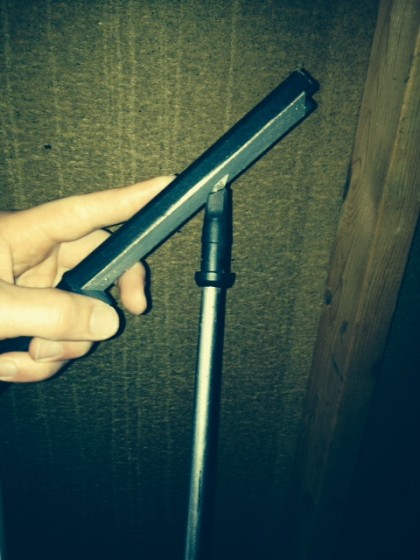
Note: This is Part 1 of 2 in a how-to series about taking care of your summer skis — that is, your rollerskis. The first comes from Clayton Keim, owner of RollerskiShop.com.
Tip #1: When out rollerskiing, always swap your skis on your feet at the halfway point. This will help to ensure the wheels wear evenly and last longer. When it comes time to replace the wheels, replace all of them at the same time.
Tip #2: Check your wheels and bindings periodically for unusual wear. If you are using a 1/2- or 2/3-speed combo, put the speed 2 on the back as they have the best wheel life. The rear wheels take more friction so best-wearing wheels should always go on the back. It’s rare for binding screws to come loose, but it can happen. To check for this try pulling up on the bindings to see if loose.

Tip #3: Whenever maintenance requires installing or replacing any hardware, never over-tighten or under-tighten the nuts. Just make sure the hardware has been firmly tightened. Periodically check the nuts for tightness. Using lock nuts with nylon inserts are the best for staying secure.
Tip #4: Bearings shouldn’t be wiped. Dirt will build up on the shields, but wiping them can press dirt into the bearings. A sign of a bearing going bad besides bad noise is if it has play side to side. To test for this try twisting the wheel when it’s on the rollerski. Shouldn’t have any movement side to side.
Tip #5: Don’t spray any lubricant onto the bearings. Just leave them alone.
Tip #6: Avoid submerging bearings in deep puddles. Rollerskiing on wet pavement is fine but if bearings are submerged they can go bad.
Tip #7: Rollerskis are tough to keep clean, so using a rollerski bag is often an easy way to keep the road grime contained. Using fenders is another way to keep things a little cleaner as well.
Tip #8: As far as maintenance of our Pursuit pull brake, the cord should be inspected periodically to ensure no fraying. Shouldn’t have any problem unless you put it on without looking at it and it’s wrapped wearing on the wheel in which case you’ll notice it quickly. The lockwasher between the brake and forks prevent forward rotation, so if you’re experiencing forward movement, the axle bolt needs to be tightened more.
Tip #9: Periodically inspect [rollerskis] for cracks or signs of stress fractures. If you have a composite frame inspect the bottom for any deep scrapes that could create a weakness and place for moisture to sneak in. These gouges should be covered with a marine sealant to keep moisture out.
Tip #10: Ferrules [a.k.a. pole tips] should be sharpened with a diamond file. The diamond dust on the file is strong to sharpen the carbide tips. A regular file won’t do the job. Sharpen it to keep the same angles as best as possible meaning sharpen both sides. It should be sharp to touch just as they are when new. Many ferrules you can get over 1,000 miles out of. If using a bench grinder, don’t overheat your ferrules which will cause the plastic to melt. Dip them in water periodically to keep the temp down.



